Why Green Home certification?
As more people pursue high efficiency Green home rating certifications, they become increasingly well known and trusted. Consequently, more people seek them out. Developers build smarter homes when consumers demand them, and the existence of certification programs raises the bar on the entire construction industry.
英国BREEAM(建筑研究建立环境评估方法)体系是1990年世界上第一个建筑可持续性评估方法(BREEAM)4,但作为“原型”,它的范围有限,对不同气候和传统建筑材料的适应性也有限。BREEAM BREEAM无疑引起了世界各地许多建筑专业人士的思考。
For those who think homes built to code in the USA & Canada are good enough, remember that the building code essentially defines the worst performing home you are legally allowed to build. Depending which state or province you live in means this can be a little bit of a lottery when looking for a new home, especially if you're a concerned environmentalist, are looking for a healthy home with a good level of interior air quality, or are simply a future homeowner who cares about lower utility bills, better comfort and protecting their biggest investment. So, minimum code is a lottery, as is buying most new homes in North America - unless that is it's been designed, tested, certified & labeled to a particular standard of Green Home certification program.
Which Green home certification program is best?
Opinions vary on which home certification program is best, so In no particular order, here is an overview of the more common home rating systems you might encounter and an idea of what each one addresses and promotes in the pursuit of "the perfect eco-friendly Green home."
LEED for Homes:
Originating in the USA, LEED is currently the most prolific green building rating systemand stands for; Leadership in Energy and Environmental Design - created by the U.S. Green Building Council (USGBC). To quote the U.S Office of Federal Environmental Executive, “green building’ is defined as the practices of one, increasing the efficiency of a building or site in their use of energy, water, and materials and two, reducing building impacts on human health and the environment”.
The USGBC was founded In 1993 in the American Institute of Architect’s (AIA) boardroom, instigated by representatives from over 60 firms and nonprofits. The USGBC was organized as a membership-based non-profit to promote the betterment of buildings through sustainable practices in the building and construction industry. The pioneers behind the council were David Gottfried, a construction manager and real estate developer, Michael Italiano, an environmental lawyer, and S. Richard (Rick) Fedrizzi the president of Green-Think, a marketing and communications consulting firm.
In 1995, the USGBC partnered with the Natural Resources Defense Council (NRDC), lead by NRDC scientist Rob Watson, and created the LEED green building rating system. The first version of LEED was adopted after finalization by the USGBC, and launched with the help of the Federal Energy Management Program in August of 1998.
Administered in Canada by the Canada Green Building Council (CaGBC) and around the world by a growing network of non-profits,LEEDis the most comprehensive and versatile home rating system, and consequently the most recognized. LEED promotes sustainable building practices through material selection, responsible site management and design. LEED homes generally have reduced ecological footprints,healthier indoor environmentsand offer 30 to 70% in energy savings over homes built to provincial & state code.
Because it is the most well-recognized certification program, LEED homes can have access to reduced mortgage rates, reduced home insurance rates and often municipal tax relief. At times of resale they command on average an 8% higher price, and consistently sell faster.
For more information see our LEED certification pages here.
ENERGY STAR for New Homes:
ENERGY STARpromotes guidelines for energy efficiency in new homes resulting in homes that are at least 20% more efficient than homes built to provincial building codes alone.
ENERGY STAR is most commonly known for its evaluation of energy efficient appliances, fixtures,windows and doors. Any products carrying ENERGY STAR label are certified to be a high efficiency option. Other rating systems like LEED for example, will recognize ENERGY STAR certified products, and award points for incoporating them into buildings.
Passive House:
Modeled after the German Passivhaus standard, this certification program deals specifically with home design for passive solar gain, and reducing energy consumption. Acertified Passive Houseis significantly more energy efficient than a conventionally built home. This rating system is pretty much limited to energy performance, so many categories of sustainability and health are not addressed.
You won't find a ton of financial incentives that come with this certification, but you will certainly see some savings when heating or cooling your house. Typically a certified Passive House would be expected to operate approximately 90% more efficiently than a house built to code. That is pretty close to a ‘net-zero ready’ house, often a modest photovoltaic solar system is all it takes to achieve the elusive $0 utility bill.
R-2000 homes:
This rating system was created in the early 80’s by the Canadian Home Builders' Association and Natural Resources Canada (NRCan).R-2000是一个政府运作的项目,鼓励节能建筑技术,其节能性能比标准高出50%。认证房屋只能由R-2000注册建筑商建造。
Like many of the earlier programs, R-2000 focused solely on the building envelope and performance until very recently. Following the lead of non-government rating systems, R-2000 is now starting to incorporate other sustainability issues into their rating system such as indoor air quality andsustainable material sourcing.
The Living Building Challenge:
By far the hardest certification to achieve, theLiving Building Challengeis for the hardcore green builder. This rating system comprises seven performance areas: Site, Water, Energy, Health, Equity, and Beauty. A 'living building' earns that title by generating all of its own energy and capturing and treating all of its waste water.
Certification under the Living Building Challenge can only be achieved after a full year of occupancy to determine actual operational consumption rather than projected.
Studies show that although living buildings are cost effective, there aren't as many financial incentives as with other programs. However there is nothing to stop you from pursuing LEED at the same time and having access to some of the financial benefits that come with brand recognition. If you achieve LBC certification you'll have no problem earning LEED certification, not to mention serious bragging rights.
EnerGuide:
Run by the Canadian government,EnerGuideis an energy consumption index that evaluates not only appliances and heating / cooling equipment, but also new and existing homes. Many other rating systems reference EnerGuide to grade homes. It's based on a 0 to 100 point scale, zero being the least energy efficient performance and 100 being the best.
Energy auditors collect data on a home's building envelope (windows, doors, insulation) as well as appliances and energy systems. With this information and a blower door test to determine how airtight your building envelope is, information is fed into energy analysis software called HOT2000 which compares your home with a reference home of similar size in a similar climate.
Typical Energuide ratings:
0 to 50 Older homes, very poor performance
51 to 65 Older homes that have had upgrades
66 to 74 Homes built to provincial building codes
75 to 79 Energy efficient new homes
8 0 to 90 New homes built for extremely high performance and energy efficiency
91 to 100 Homes that use little or no energy at all
Novoclimat (Quebec only):
A Government of Quebec program to encourage energy efficiency in new home construction. ANovoclimathome uses 25% less energy than a home built to code, but requirements are poised to change in the summer of 2012. Novoclimat focuses primarily on the building envelope, blower door tests are required for certification. Financial assistance is available.
Rénoclimat (Quebec only):
这是魁北克省政府的另一个家庭装修项目。UnderRénoclimatyour home is assessed by professionals who provide you with suggested upgrades for increased energy efficiency. Financial assistance is available.
Built Green (Alberta, B.C., and Ontario):
Originally developed by the Alberta Home Builder’s Association,Built Greenis a Canadian-developed rating system administered by Built Green Canada, a private not-for-profit organization. Similar to LEED for Homes, it covers a wide range of sustainable building measures, including energy and water conservation, indoor air quality and sustainable materials.
Also similar to LEED, there are numerous certification thresholds a building can achieve based on how ‘green’ it is built. The requirements to achieve certification through Built Green are less stringent, and the audit process is less rigorous. This enables certification fees to be reduced and less administrative hassle for the builder, but does result in less 3rd party oversight.
LEED和Built Green都围绕着包含各种可持续发展措施的清单。主要的区别在于,build Green基于“行动项目”的检查表有更多基于规范的措施,而LEED基于“信用”的检查表在方法上更基于意图,建筑商有许多选项来展示如何满足给定信用的意图。
Conclusion: Green Home certification programs
EcoHome's view is that the most important thing when buying or renovating a home in North America is to look beyond the surface finishes, look into the foundations, structure, envelope, roof, insulation, indeed every element of the house construction to ensure the biggest investment you're ever going to make is built to perform well and withstand the ravages of time... and if that sounds complicated, seek out a builder that already looked into all that for you and who builds better homes with a Green Home certification...


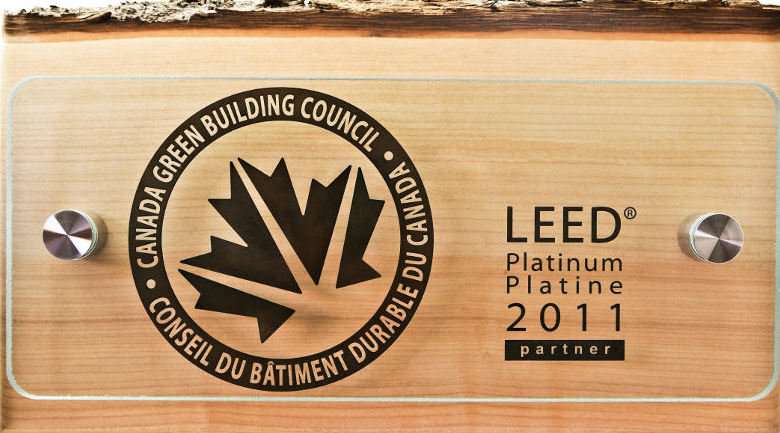















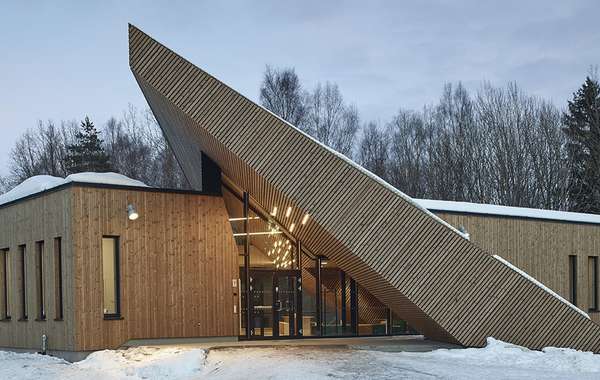
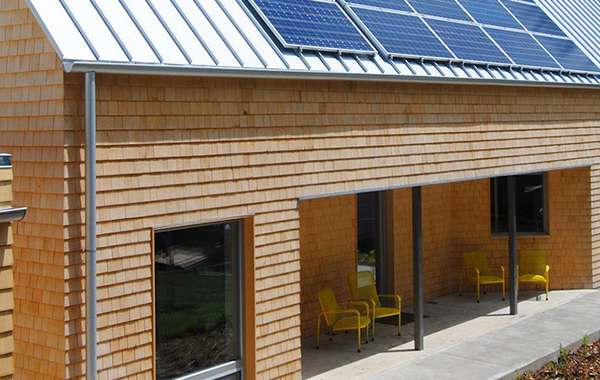
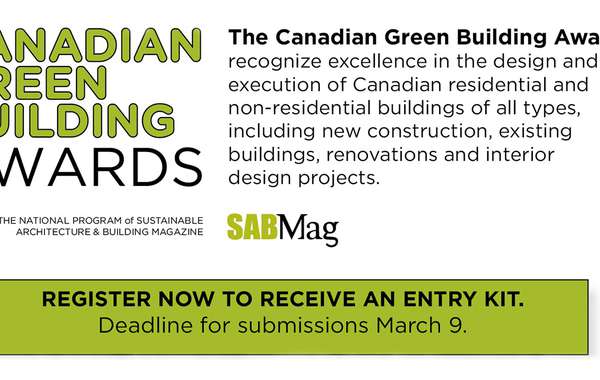
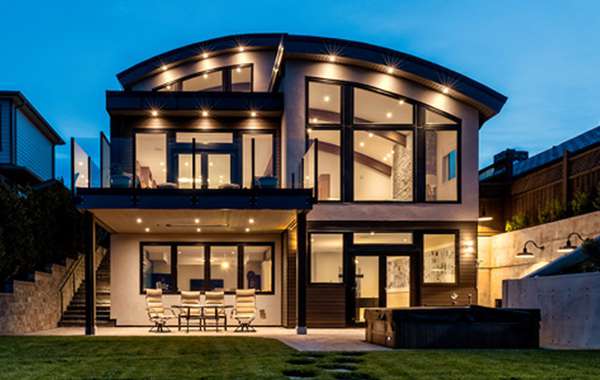
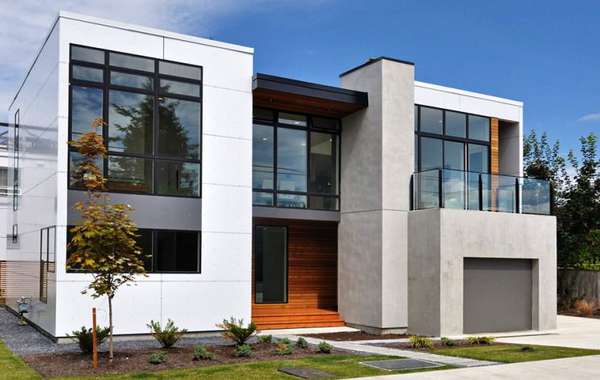
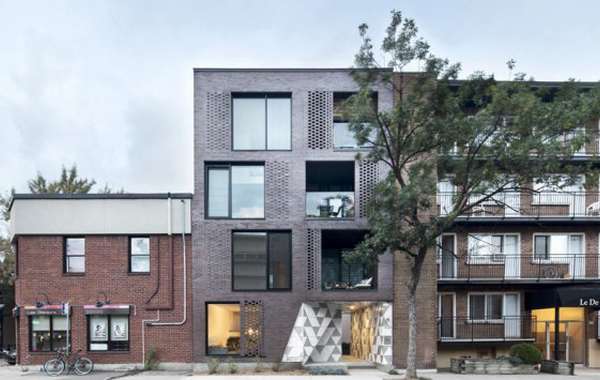
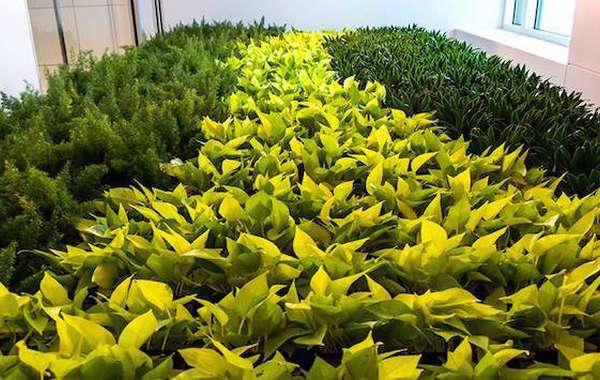
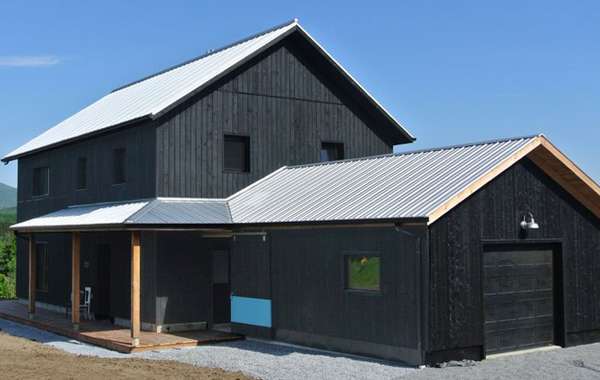
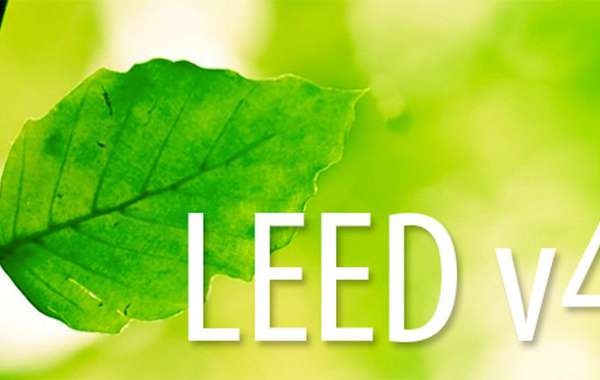
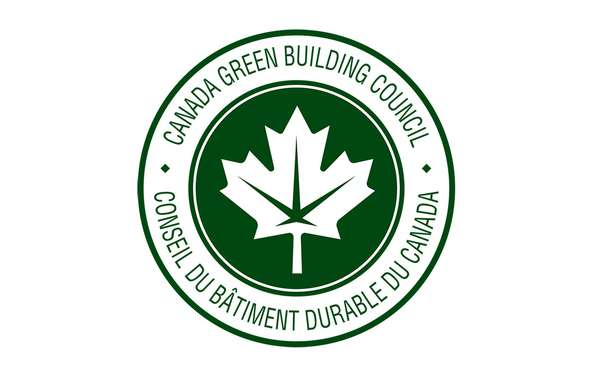
Of the programs listed Built Green has the largest number of certified homes in Canada, the most direct relationship with Canadian home builders and the most accessibility for those builders working towards net zero healthy homes constructed with sustainbly sourced materials. Why is it the last program on your list?
If you're looking to recognize leadership and excellence in green building, visithttp://greenbuildingawards.ca/. Recognize. Empower. Repeat.